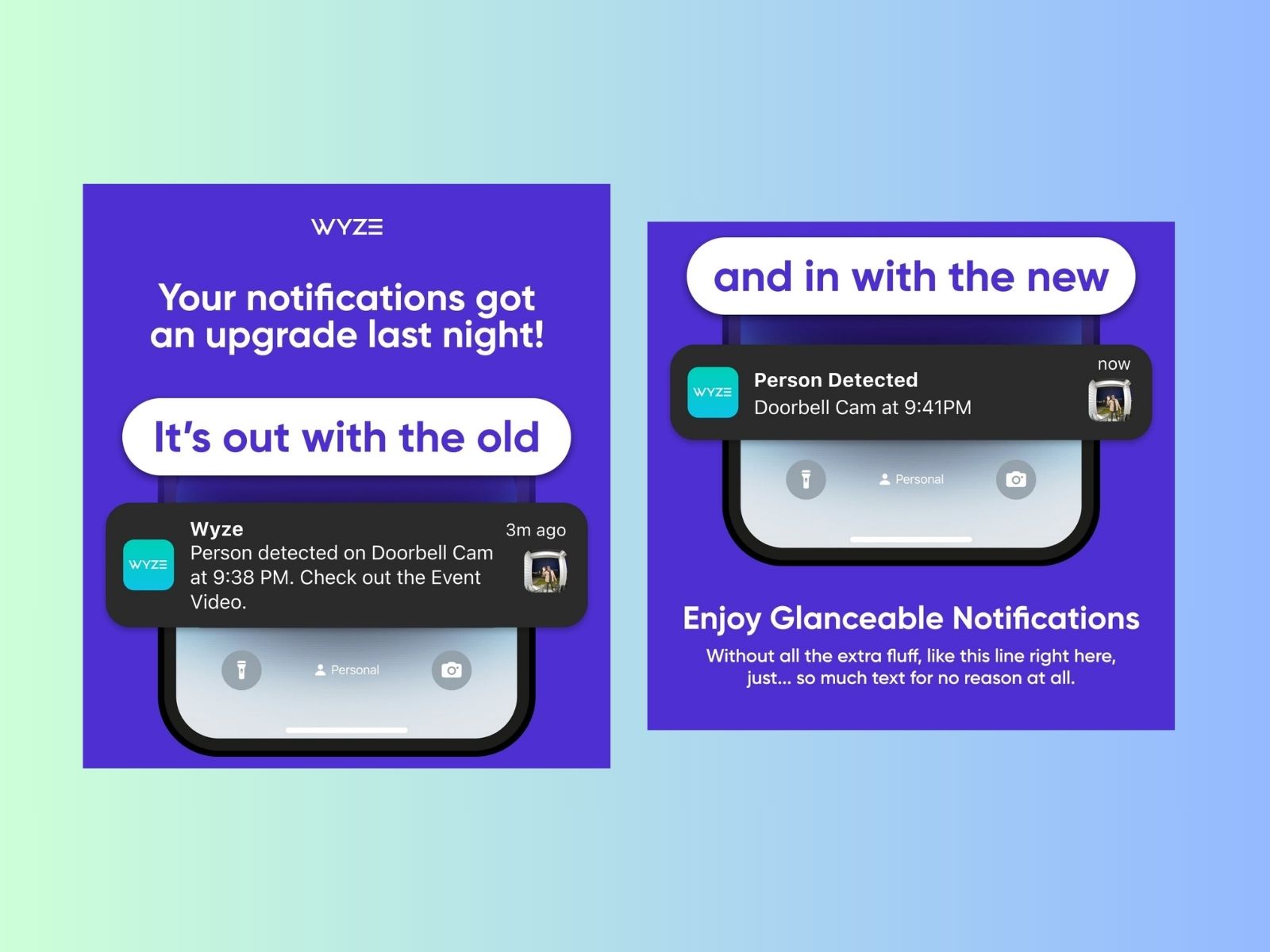Timeline of Events
3:00 AM - 4:00 AM: The patient starts experiencing severe symptoms, including vomiting.
10:00 AM: After resting and hoping for improvement, the patient decides to see a doctor. Using a healthcare app, she books an appointment in just a few steps and pays for the consultation with her debit card.
12:40 PM: She arrives at the doctor’s office for her appointment.
1:00 PM: The patient undergoes various tests at the clinic, including blood tests and an abdominal ultrasound.
1:10 PM: She receives medication to alleviate pain, fever, and dehydration caused by the vomiting.
4:30 PM: The lab results arrive in her email inbox, revealing an infection.
5:00 PM: The patient returns to the clinic with her test results. She pays for another consultation and books a doctor’s appointment for 5:40 PM.
5:40 PM: During the consultation, the doctor confirms the diagnosis and sends two emails: one with the prescribed medication and another with a 3-day rest permit.
6:00 PM: The patient purchases the medication at a pharmacy located just 10 meters from the doctor’s office. The counter girl retrieves the required medicine by asking for the patient’s social security number.
Three days later: After following the prescribed treatment, the patient is almost fully recovered, just as the doctor predicted.
Analysis of the User Experience
This timeline showcases how integrated technology and streamlined processes can dramatically improve the user experience in healthcare. Here are some key points where technology made a significant difference:
-
Appointment Booking and Payment: The ability to book an appointment and pay for it through a mobile app saved time and reduced the stress of dealing with in-person bookings and payments.
-
Rapid Diagnostic Testing: Immediate access to diagnostic tests and fast turnaround times for lab results enabled quick diagnosis and treatment.
-
Efficient Communication: The use of email to send prescriptions and medical advice allowed for clear, documented communication between the doctor and the patient.
-
Integrated Pharmacy Services: The pharmacy’s ability to quickly access the patient’s prescription using her social security number simplified the medication retrieval process.
Comparing with Europe
In many European countries, the healthcare system is known for its high standards. However, appointment wait times can vary significantly, from a few days to several weeks.
While these systems provide excellent care, the wait times for medical appointments in countries in Europe can be attributed to a variety of factors, not solely to the lack of doctors. Here are some of the main reasons:
-
High Demand for Services: The demand for healthcare services often outpaces the supply, especially in public healthcare systems. An aging population and an increase in chronic health conditions contribute to higher demand.
-
Limited Resources: Public healthcare systems operate with limited resources, which can affect the availability of appointment slots. Budget constraints and resource allocation can impact the number of available healthcare providers and facilities.
-
Burdens: Healthcare providers often face significant administrative workloads, which can reduce the time available for patient care. This includes paperwork, insurance processing, and regulatory compliance.
-
Regional Disparities: In some regions, there may be fewer healthcare facilities and professionals, leading to longer wait times compared to more densely populated or affluent areas.
-
Specialist Availability: Certain specialties may have fewer practitioners, leading to longer wait times for specialist appointments. This is often the case for high-demand fields like dermatology, neurology, and psychiatry.
-
Healthcare Policies: National healthcare policies and systems also play a role. For instance, prioritization of emergency and urgent cases can delay routine and non-urgent appointments.
-
Appointment Scheduling Practices: Inefficient appointment scheduling practices can lead to bottlenecks and longer wait times. Overbooking and no-show rates can also impact the availability of timely appointments.
Technology’s Role in Healthcare Efficiency
Technology can significantly impact healthcare by:
-
Reducing Wait Times: Apps for booking and paying for appointments can reduce administrative burdens and streamline patient flow.
-
Improving Diagnostic Speed: Advanced lab systems and real-time reporting can accelerate diagnosis and treatment.
-
Enhancing Communication: Digital communication tools ensure clear and timely information sharing between patients and healthcare providers.
By exploring these technological advancements, we can see how they contribute to more efficient and responsive healthcare services, benefiting patients worldwide.







